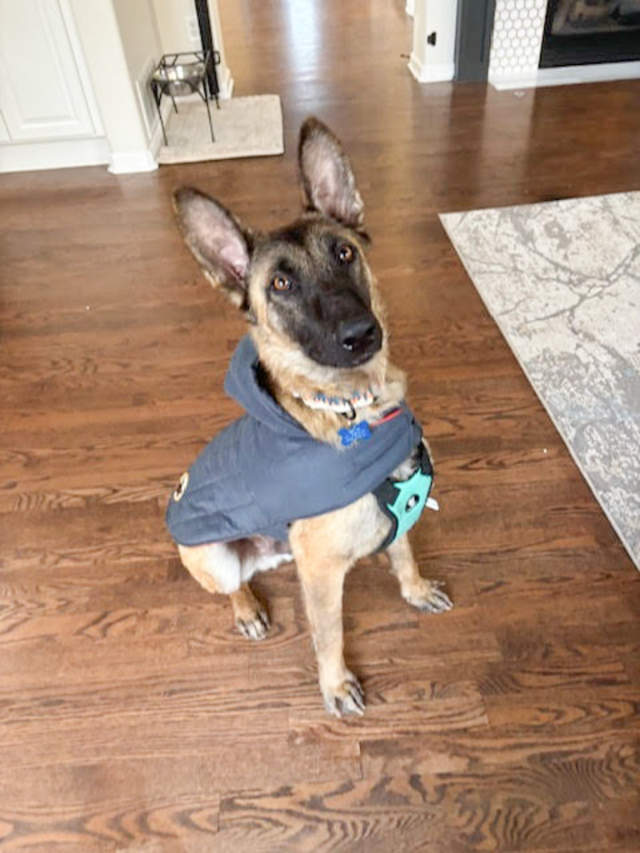December 2016 – Timing: The Key to Maximizing Training Effectiveness
Time of day
Most dogs are just like people in that they have predictable energy cycles, and you can use this to boost productivity. If your dog is super energetic in the morning, that’s not necessarily the best time to practice stability exercises like the “Stay” command, particularly if you’re in the early phases of teaching – teach the stay instead when he’s good and tired, making compliance with the command much easier to obtain. Then, take advantage of your dog’s high energy in the morning to practice your recalls. Exuberance is exactly what you want when you call him to come! What you do is often less important than when you do it.
The good and the bad
When your dog does something you want her to do more of, make sure to give her verbal encouragement at the exact moment you see her doing it. You can of course pet or give her a treat afterward, but the critical element here is the timing of the verbal signal – the reward can come several seconds afterward (for more explanation, see my March 2014 installment called “The Power of Yes”). Similarly, if your dog makes a mistake, tell her right as she’s doing it (you can use “Nope,” “Uh-Uh,” or something along those lines – just make sure you’re use the same word consistently). Tell her calmly. No need to get worked up. Just let her know and then offer some sort of a consequence. This can be a disapproving glance, escorting her to her dog bed so she can calm down, or any other appropriate means of discouraging the behavior.
Session length and breaks
Another key to training success lies in knowing how often to train your dog and how to best help him retain information. I’m going to assume that you work with your dog in such a way that he loves his training sessions with you and that you’re looking to identify the optimal cadence for them. In nearly every case, it’s better to do multiple, shorter training sessions than one long session. An hour-long session is likely to be counterproductive, whereas four 15-minute sessions in a day will produce great results. If you don’t have an hour to train every day, do three or four 5-10 minute sessions.
Once you’ve completed a session, one of the best things you can do to support maximum information retention is to put your dog in a separate room or in his crate to rest: going into a resting state will allow his mind to absorb the maximum amount of material. This assumes, of course, that you’ve trained him properly to be comfortable in those situations so he doesn’t perceive the separation as punishment. After being “put up” for about 30 minutes, he’ll be refreshed and come out for the next round with renewed enthusiasm, focus, and clarity.
Content Copyrighted 2016. Brian Bergford. All Rights Reserved.

